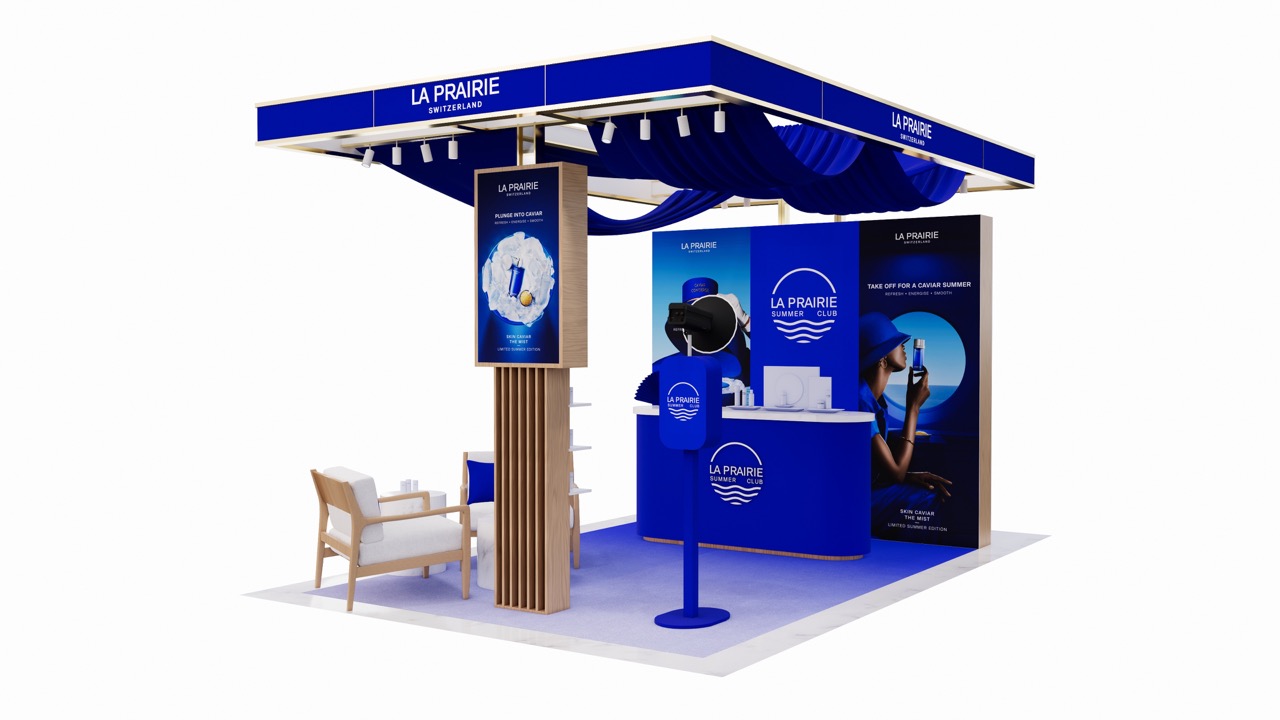INTERNATIONAL. Parents travelling internationally with their children have significantly higher footfall, penetration and conversion rates than travellers without children, a new study has found.
Switzerland-based travel retail research agency m1nd-set has released a study on the shopper behaviour of parents travelling with their children, using its Business 1ntelligence Service (B1S). Over 6,000 interviews were conducted with international travellers from all world regions, it said.

Click on image to enlarge.
According to the report, 48% of travellers with children enter the airport shops compared to 41% of travellers without children. Travellers with children also visit more categories than those without children, with an average of 3 and 2.7 respectively.
A higher percentage of travellers with children also purchase in airport shops (37% vs 28%), giving an overall higher conversion rate of 76% for travellers with children versus 69% among those without children.
The report also identifies a major difference in shopping spend levels. Travellers with children spent on average US$204 in airport shops on their last trip, significantly more than those without (US$160).
m1nd-set also noted other differences in behaviour, such as interaction with touchpoints including staff engagement, price comparison and purchasing behaviour with promotions and duty free exclusives.
Some 12% more travellers with children notice touchpoints before shopping in airports than those without children (44% vs 32%), according to the B1S report. Travellers with children interact with staff more whether they are just browsing or purchasing in the duty free shops: 66% of shoppers with children interact with staff compared to 59% among those without children. They compare prices more than those without children too: 65% versus 56%.
International travellers with children tend to purchase for themselves more, m1nd-set said, while those without children purchase more for gifting than those with children.

Click on image to enlarge.
The B1S report also shows that travellers purchase due to others’ influence more when with children than those travelling without. Some 40% of travellers with children purchase because they are influenced by family or friends, compared to 34% of travellers without.
Travellers with children rank all three of the top purchase drivers (value/promotions, instore experience and exclusives) between two and four percentage points higher than travellers without.
“The research demonstrates that parents travelling with their children tend to plan their airport shopping trips more, engage with staff more and notice communications touchpoints more,” said m1nd-set owner and CEO Peter Mohn.
“These passengers are clearly looking for more out of their airport experience and airport shopping experience. Pre-travel marketing, especially in the lead-up to the peak season travel periods, should therefore aim to reach parents with reassuring messages and promises of the attributes they are seeking.
“This means assurances that they will discover unique and entertaining experiences in the airport shops, unique and exclusive products, particularly kids clothing collections and special offers and promotions aimed, where possible, at products which parents would typically purchase.”













